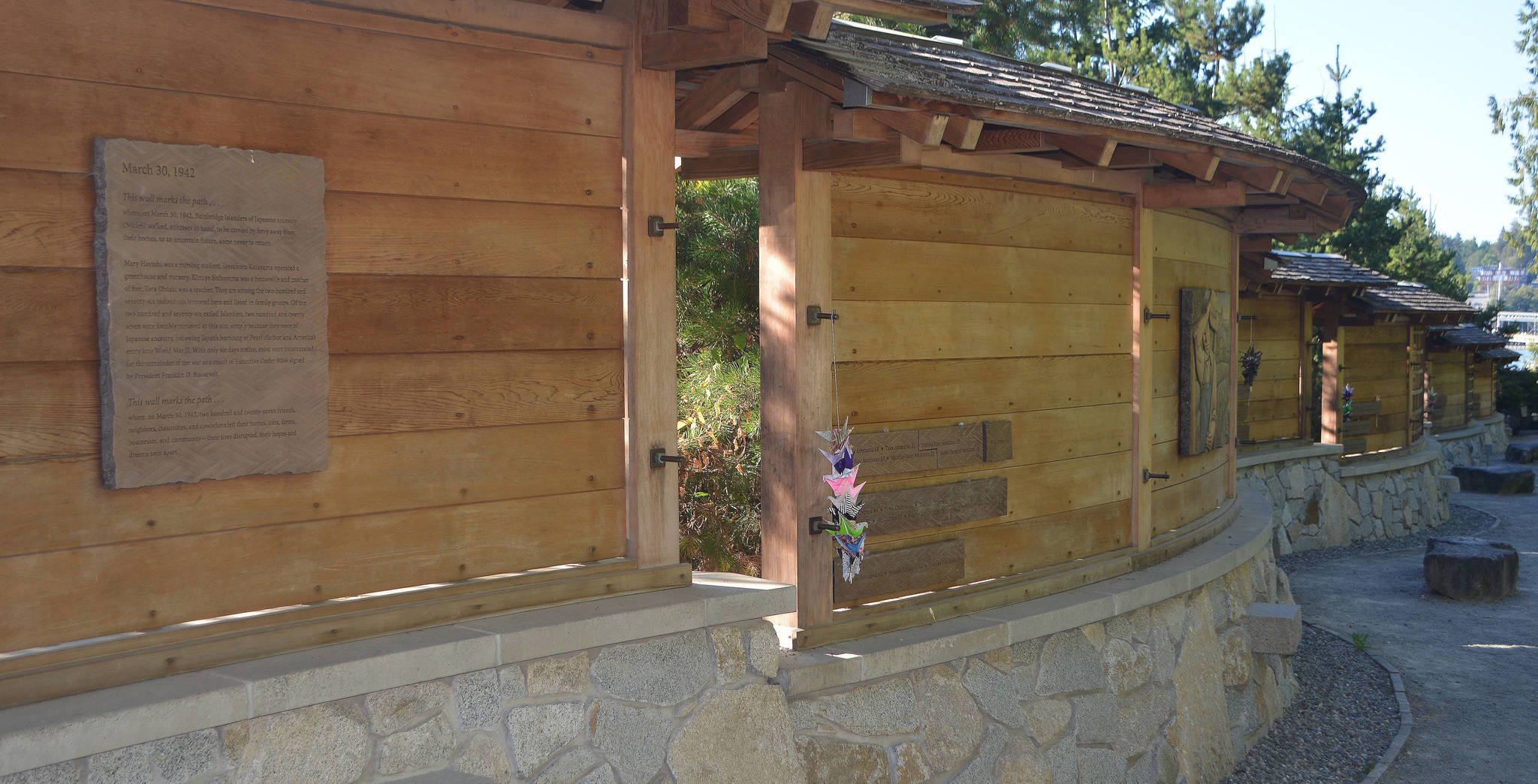Second in a series
As horrible as COVID-19 has been, in some instances it has helped bring some families together.
Bainbridge Island parks director Terry Lande has seen it. Tourists and locals have flocked to parks on the island, especially on weekends when the sun is out.
“There’s been a huge uptick,” compared with regular summer use, he said, adding all the parks have been busy.
He said since people can’t go to movies, a bar or do many other things, “What else do you do with your spare time?”
Lande said he’s seeing families do what you don’t see them do that much anymore – go on picnics together.
Playground rules can be confusing, he said, because they are OK to use if they are wooden, but not if they’re metal.
“Play at your own risk, and use your own wipes,” he said of those playgrounds. “And wash your hands, kids.”
Lande said people feel cooped up so they want to get out. They are jogging, walking on trails, biking and recreating on the water.
“It’s a different world,” he said, adding people are tired of being inside, afraid of COVID-19.
“There’s a better way – life outside,” he said.
That doesn’t mean people can be irresponsible, he said. Per the governor’s latest order people must wear masks and stay 6 feet apart from others outside their family in the parks, he said.
“About eighty percent of people are following the rules,” Lande said.
He said many of the visitors are coming from across the water.
They “want to get out of Seattle,” he said, adding camping spots on the island are usually full.
Due to COVID-19, however, there are no ranger programs going on for campers.
“We’re not encouraging groups of people,” he said.
If too many do gather, such as the 25 kids at Hidden Cove dock one day, police are sent in to “break them up.”
It’s all about personal responsibility.
“People can’t be shoulder to shoulder,” he said.
Japanese American Exclusion Memorial
One of the most popular tourist attractions on Bainbridge Island is not seeing the number of visitors it usually does.
Along with just fewer tourists being out and about due to COVID-19, another reason might be that no personal tours are taking place, also because of the coronavirus, Clarence Moriwaki said.
The memorial is a reminder of the 120,000 Japanese, two-thirds of whom were American citizens, were banished from their West Coast homes and placed in concentration camps during World War II.
The wall here honors the 276 people who were exiled from Bainbridge Island. It also celebrates the island community that defended its Japanese friends and neighbors while they were away, their website says.
Even though there are no personal tours with guides, the interpretive displays tell the story.
Japanese immigrants first game to the island in the 1880s working in sawmills and strawberry harvesting, but by the 1940s had become an integral part of the island. Because of the close proximity to naval bases, local Japanese were ordered to leave the island with six days notice. The Bainbridge Review spoke out against the internment.
Audio tours are available online at bijaema.org on history, including pre-war life and the homecoming; personal experiences of locals; and about the memorial, history of the concept and arriving at the design.
For details on tourism in general go to: visitbainbridgeisland.org



